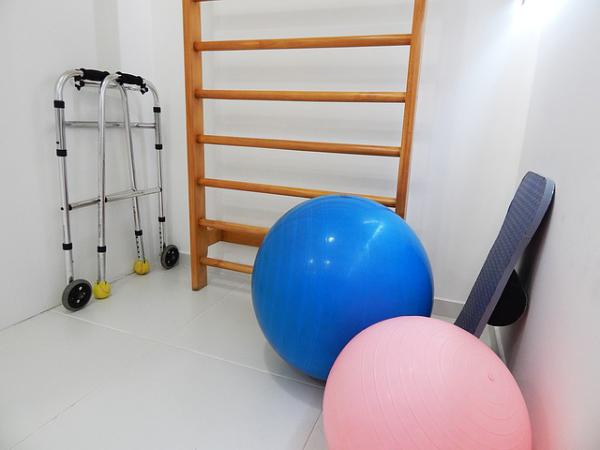Return To Blog
Understanding Myofascial Pain Syndrome and Using Physical Therapy in Cheyenne, WY
March 13, 2018
Do you have consistent pain that you feel deep in your muscles? It may not be something that will go away on its own, especially if it is myofascial pain syndrome. It is important to recognize the top symptoms of this condition, and work with your doctor for treatment. In addition, local physical therapy in Cheyenne, WY will also help during the healing process.
Â
If you are coping with myofascial pain syndrome, our team at North Platte Physical Therapy will create a plan unique to your recovery. This is pain you do not have to deal with and we will work with you to restore the quality of your muscles. Contact us today to schedule your appointment.
What is myofascial pain syndrome?
Myofascial pain syndrome is a chronic pain felt within one’s muscles. It occurs when there is inflammation, often causing a feeling that there is a knot. This pain is from the fascia, hence the name, which is the connective tissue over the muscles. It can be in one muscle, or several. Many people experience muscle pain, especially strains. Myofascial pain syndrome is a condition where the pain does not improve and worsens over time.Signs and symptoms
One of the go-to signs you may have myofascial pain syndrome is a tender to deep pain within your muscles. This can occur anywhere from the neck and shoulder, to the upper or lower back region. More specifically, it may feel like a knot that you can’t get out of an area that may also spasm. It can cause discomfort during the day and make it difficult to sleep at night. There may be a noticeable swelling in the area, along with a warming sensation.Possible causes
Myofascial pain syndrome can be caused by a variety of reasons. One of the most common is repetitive motions or overuse. When this occurs, it develops trigger points within the muscles, causing improper blood flow. It can be contained to one area or radiate to other areas in the body.When to see a doctor
It is best to see a doctor when you know your muscle pain is severe or unusual for you. If it persists for weeks, or shows any of the symptoms above, call your doctor so you can work to a plan of recovery as soon as possible. To help with relief, they may recommend anti-inflammatory medication, such as ibuprofen, or pain medication. Icing the area can help, too. In other cases, if swelling and pain is on the severe side, steroids may be prescribed.Using physical therapy to treat
Your premier physical therapist will play a crucial role in your recovery. Two ways they can help are through massage and trigger point therapy. With massage therapy, your physical therapist will use various therapeutic massage techniques to help relax your muscles. Second, trigger point therapy, also known as dry needling, may also be used. This form of therapy will help break up the trigger points and knots in the muscles, allowing for relief and range of motion.Â
If you are coping with myofascial pain syndrome, our team at North Platte Physical Therapy will create a plan unique to your recovery. This is pain you do not have to deal with and we will work with you to restore the quality of your muscles. Contact us today to schedule your appointment.
